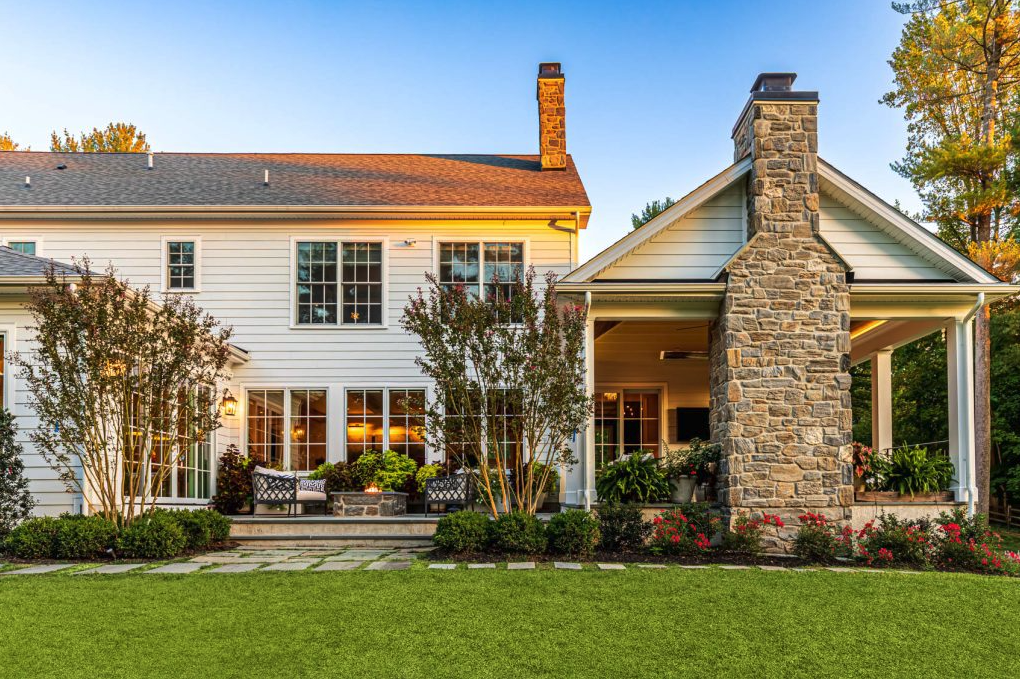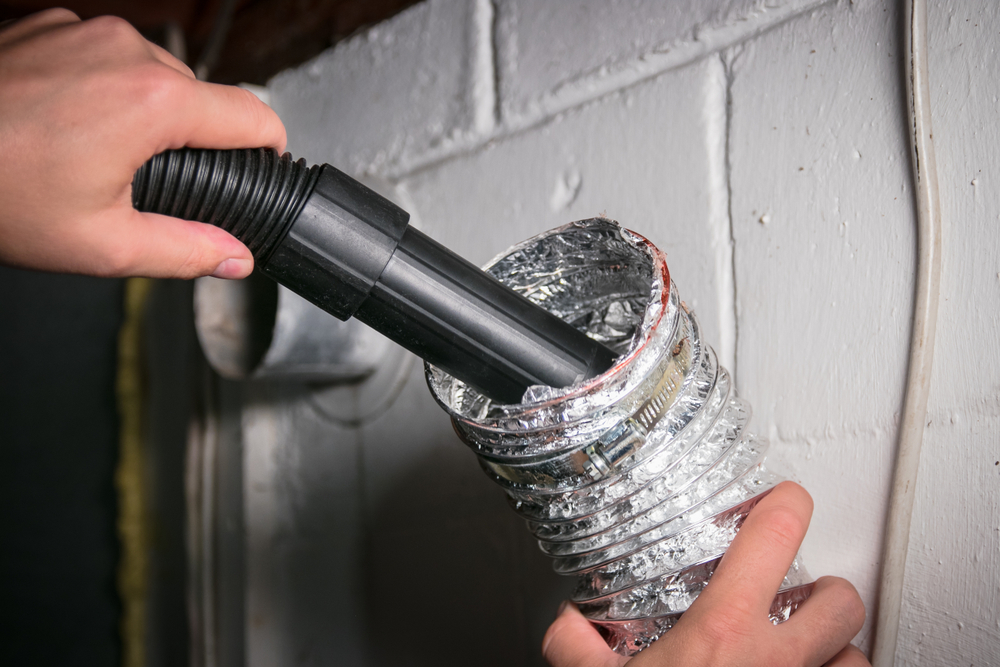Essential Home Improvements for a Sustainable Lifestyle

Creating a sustainable home is more than just a trend; it’s a commitment to reducing environmental impact, saving energy, and building a healthier living space!

Sustainability in home improvements means adopting energy-efficient solutions, reducing waste, and using resources responsibly.
With increasing options for eco-friendly home upgrades, achieving this goal has never been more accessible.
Below, we’ll explore essential improvements to transform your living space into a sustainable sanctuary that benefits both your family and the planet.
Energy-Efficient Lighting and Appliances
One of the simplest yet most effective ways to create a sustainable home is by upgrading to energy-efficient lighting and appliances.
Swapping out traditional incandescent bulbs for LED lights is an easy improvement that significantly reduces energy consumption. LED lights use up to 80% less energy than conventional lighting and last much longer, reducing waste.
In addition to lighting, replacing outdated appliances with energy-efficient models can have a major impact. Modern refrigerators, washing machines, and dishwashers use considerably less energy and water than older models, saving you money and conserving resources.
Look for appliances with the ENERGY STAR label, which is a certification for products meeting strict efficiency standards. By switching to efficient appliances, you’re not only reducing your home’s energy footprint but also lowering utility bills.
Renewable Energy Solutions
Renewable energy is one of the most powerful tools in creating a sustainable home. Installing solar panels is a popular option, as they provide clean, renewable energy while decreasing reliance on fossil fuels.
Solar energy can power a variety of household needs, from heating water to supplying electricity, depending on the setup and capacity. This investment may come with an upfront cost, but many homeowners find it worthwhile due to the long-term savings on electricity bills and potential tax incentives.
Additionally, consider complementing solar power with small-scale wind turbines or geothermal systems if your location allows. These systems harness natural resources to provide energy and heating, reducing the need for traditional power sources.
Switching to renewable energy is a significant commitment to sustainability, helping to reduce your carbon footprint and making your home more self-sufficient.
Enhanced Insulation and Windows
Proper insulation is vital for maintaining a comfortable and energy-efficient home. When a home is well-insulated, it requires less heating in the winter and less cooling in the summer, saving energy and reducing costs. Insulating walls, floors, and attics can prevent temperature fluctuations, making your home more comfortable year-round.
Upgrading windows is another improvement to enhance sustainability. Old, single-pane windows often allow heat to escape, forcing your heating system to work harder. Double or triple-pane windows with low-emissivity coatings help retain indoor heat while blocking harmful UV rays.
Water Conservation Techniques
Water conservation is crucial for sustainable living, especially in areas where water is a precious resource. Start by installing low-flow showerheads and faucets, which use significantly less water without compromising water pressure. These fixtures can reduce water usage by 30% or more, saving gallons of water each day.
To further conserve water, consider upgrading toilets to dual-flush models. These toilets offer two flush options, allowing you to choose a lighter flush when less water is needed. Additionally, a rainwater harvesting system is an excellent way to reduce household water consumption.
By collecting rainwater from your roof and storing it in a tank, you can use it for gardening or outdoor cleaning, cutting down on the need for treated tap water. Each of these water-saving methods helps conserve a vital resource, reducing your home’s environmental impact.
Sustainable Flooring and Building Materials
Sustainable home improvements go beyond energy and water; the materials used in construction also play a role in creating an eco-friendly space. When renovating, consider sustainable flooring options such as bamboo or cork. Bamboo grows rapidly and regenerates quickly, making it an ideal renewable resource. Cork is harvested from the bark of the cork oak tree, which regrows, allowing the tree to continue thriving.
Another sustainable choice is recycled or reclaimed wood. This material repurposes wood from old buildings or structures, reducing the need for new resources and lowering environmental impact. In addition to flooring, consider eco-friendly paints with low VOCs (volatile organic compounds).
Smart Home Technology
Smart home technology can improve sustainability by allowing homeowners to monitor and manage energy use efficiently. Smart thermostats, for example, learn your temperature preferences and adjust accordingly, optimizing heating and cooling usage based on your schedule. By avoiding unnecessary energy consumption, these devices help lower utility bills and reduce environmental impact.
Other smart home options include lighting systems and power outlets that can be controlled remotely. These systems let you turn off lights and appliances from anywhere, preventing wasted energy if you forget to power down when leaving the house.
Eco-Friendly Landscaping
Landscaping can make your home more sustainable while improving curb appeal. One method is xeriscaping, a landscaping approach that focuses on drought-tolerant plants and efficient irrigation systems. By choosing native plants that thrive in your climate, you can create a beautiful outdoor space that requires minimal watering and upkeep. Native plants also support local ecosystems, attracting pollinators and wildlife.
Composting is another eco-friendly addition to your landscaping routine. By composting kitchen scraps and yard waste, you reduce landfill waste while creating a nutrient-rich soil amendment for your garden. Composting minimizes the need for chemical fertilizers, promoting a healthier, more sustainable garden. Incorporating rain gardens and permeable pavers can further reduce stormwater runoff, helping to protect local waterways.
Waste Reduction and Recycling Stations
Waste reduction is an important part of sustainable living, and setting up designated recycling stations within your home can make it easier to manage waste effectively. Organize bins for glass, plastic, paper, and metal and place them in convenient locations to encourage recycling. If local recycling programs accept compostable materials, consider including a separate bin for food scraps.
In addition to recycling, think about ways to reduce waste by embracing minimalism and reusing items. Donate or repurpose old furniture, electronics, and household goods rather than discarding them.
All in all, sustainable home improvements not only enhance the comfort and efficiency of your home but also contribute to a healthier planet. By incorporating eco-friendly practices like upgrading to energy-efficient appliances, using solar energy, and adopting water conservation measures, you’re making a meaningful impact on your household’s environmental footprint.








